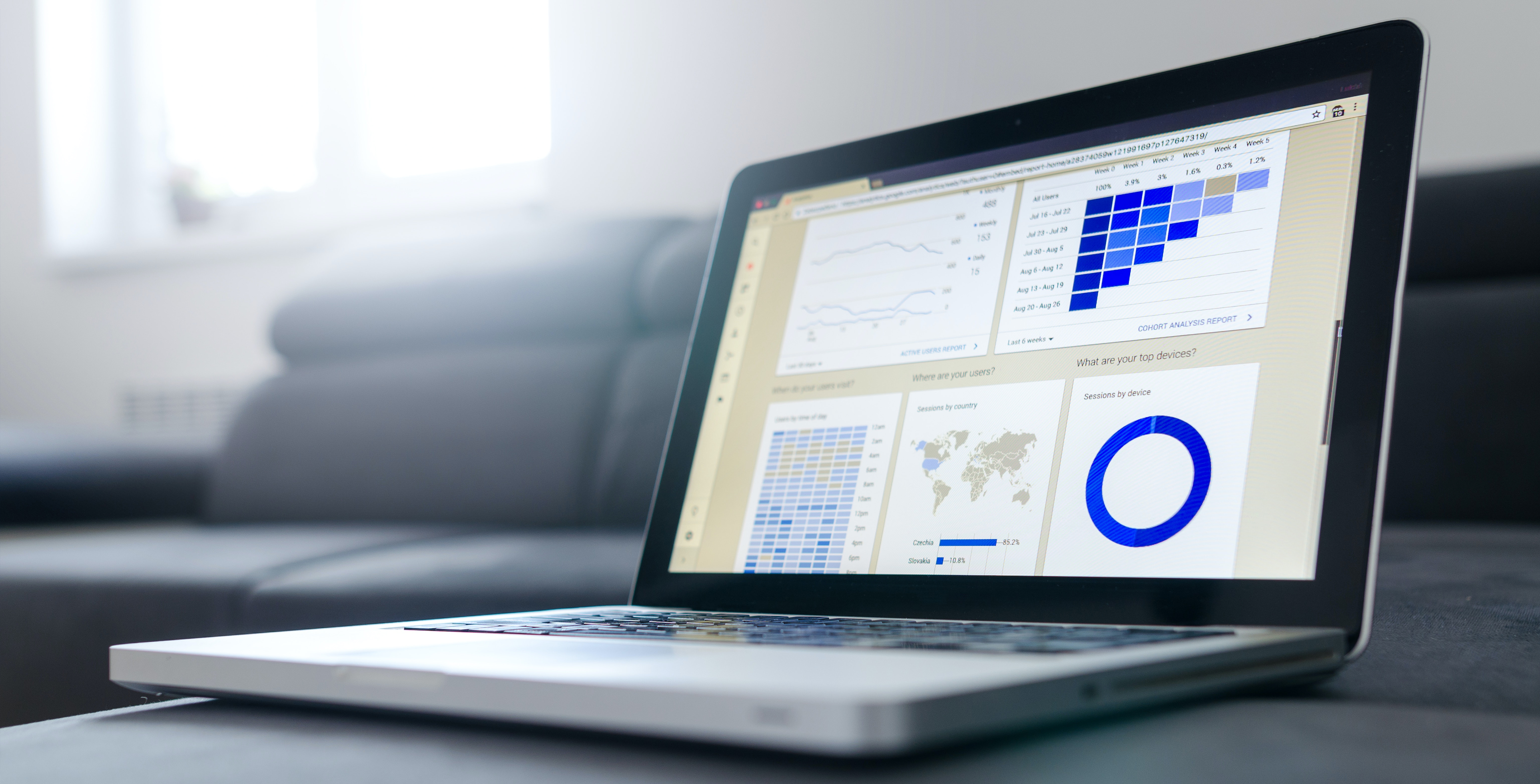Organizations around the world have been switching to virtual events to keep their attendees safe. But virtual events were already an important strategy for marketing and networking.
Still, many businesses don’t realize that virtual events have another added benefit: data generation.
With the right virtual events and webinars platform, you can collect important data that can be used in marketing and sales initiatives later. Here, we’ll explore the different types of data you should collect during your virtual event and how you can use it to grow your business.
How Do You Collect Virtual Event Data?
If you marketed your virtual event online, you likely followed a standard strategy. Most digital event marketing strategies include landing pages, promotional posts, ads, and emails. These are often used in conjunction with a CRM.
In the past, you may have collected some attendee data through your campaign and then added them to your contact list. But the data you can draw from a virtual event can go far beyond that. Before putting on your event, you should consider what type of virtual events platform to use.
Solutions like NexTechAR’s InfernoAR platform make virtual events and conferences easy. Leverage robust webcast solutions, add branding to your environment and even add gamification. But InfernoAR also collects data on your attendees as your virtual event is unfolding.
Contact information is important, but it's just a start. You can generate an immersive understanding of each of your attendees by following their path through your virtual event. This data is readable on a dashboard, and you can use virtual event data analytics to gain insights attendees who represent potential business opportunities. The trick is knowing which types of data to collect while your event is live and knowing how to leverage it.
What Types of Data Should You Collect During a Virtual Event?
With a solution like InfernoAR, you can collect data on the number of attendees you hosted at your event and the time they spent engaged. This gives you a clear understanding of your event's success, and it can help you make improvements in future virtual events.
But you can also track other types of data, including the following:
- Videos watched
- Quizzes taken
- PDFs viewed
- Booths visited
Altogether, your virtual event analytics will help you paint a vivid picture of each attendees’ interests. While this information might seem frivolous, it can play a significant role in your marketing strategy moving forward.
Collecting data is important. But knowing how to analyze and get insights from your data is key to understanding buyer behavior and generating a better customer experience.
How Can You Use Virtual Even Data to Grow Your Business?
The most obvious benefit of collecting this data is the ability to improve your future events.
By analyzing event marketing data in conjunction with your attendance rates, you can draw insights into what worked and didn’t work during your marketing campaign. For example, if your event had two landing pages and one had a higher conversion rate, it would be prudent to leverage a similar strategy in your next campaign.
Similarly, you can use this data to find areas of improvement for attendee engagement. With InfernoAR, you can create a virtual event space for your guests to explore, complete with virtual booths, videos, images, and even quizzes and games.
Some features of your event will always be more popular than others. Use the features with the highest levels of engagement next time and focus on improving the features that didn’t wow your guests.
Finally, you can use virtual event data to determine which types of content yielded the highest conversion rates. If you use virtual events to generate leads, this is an important data point to capture. By replicating your successes and improving upon content that missed the mark, you’ll be prepared to boost your conversions the next time around.
Leverage Your Virtual Event Data
Virtual events generate loads of data that can help you improve events in the future. You can also use the data you generate from virtual events to inform your marketing and sales practices, especially if you intend to market to specific contacts or accounts.
But keep in mind that your data will be wasted if you don’t have the tool to capture it. Contact NexTechAR today to learn how our InfernoAR platform can help you leverage your virtual event data.







